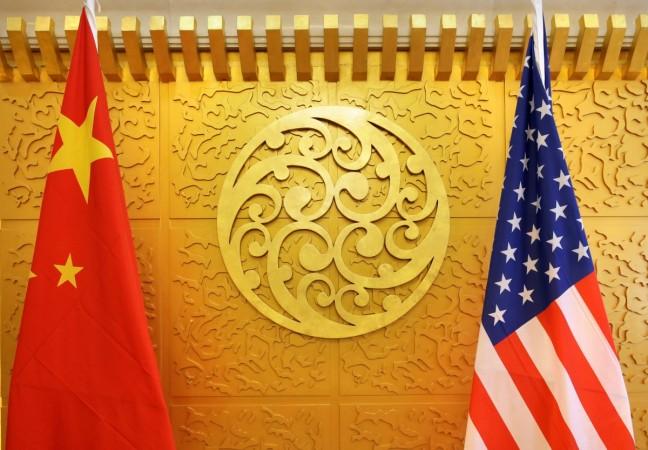
China, which is currently in a trade war with the Donald Trump administration, has registered a current account deficit (CAD) of $28.3 billion in the first half of 2018. Shockingly, this is the first time in 20 years that the world's second largest economy is facing a CAD.
The State Administration of Foreign Exchange (SAFE) said that the current account deficit in the January-June period was $28.3 billion, less than $34.1 billion in the first quarter. Three months ago the Chinese service trade recorded a deficit $147.3 billion up from $73.6 billion
China has witnessed a steady fall in its current account surplus since the global economic crisis of 2008. It remained at 1.3% in 2017 as against 9.9% in 2007 Gross Domestic Product (GDP). The Xi Jinping administration has been reducing its dependence on exports, which is the reason behind the success story of its economic might, to increase domestic consumption.
China has started to face the heat of the trade war as the economic indicators showing the effects of the sanctions. Financial markets in China have already sensed this outcome. Over the last three months, U.S. equities have soared 7.1% as China's markets have lost 9.1%.

Additionally, China isn't well equipped to fight a trade war with the US. For a couple of reasons; one of them is that its economy is slowing, as it faces the "middle-income trap," and the other being the Lewis turning point.
The income trap is a situation where a country's growth rate slows down as it reaches middle income. The Lewis point is a situation where the "reserve army" of labour shrinks, pushing wages high and eroding the country's competitive advantage in labour-intensive industries. Chinese labour has become expensive vis-à-vis India, Vietnam, and Indonesia that has placed additional pressure on the country's growth.
Over the past few months, the US administration has slapped a series of tariffs on Chinese imports to reduce the US-China trade deficit.














